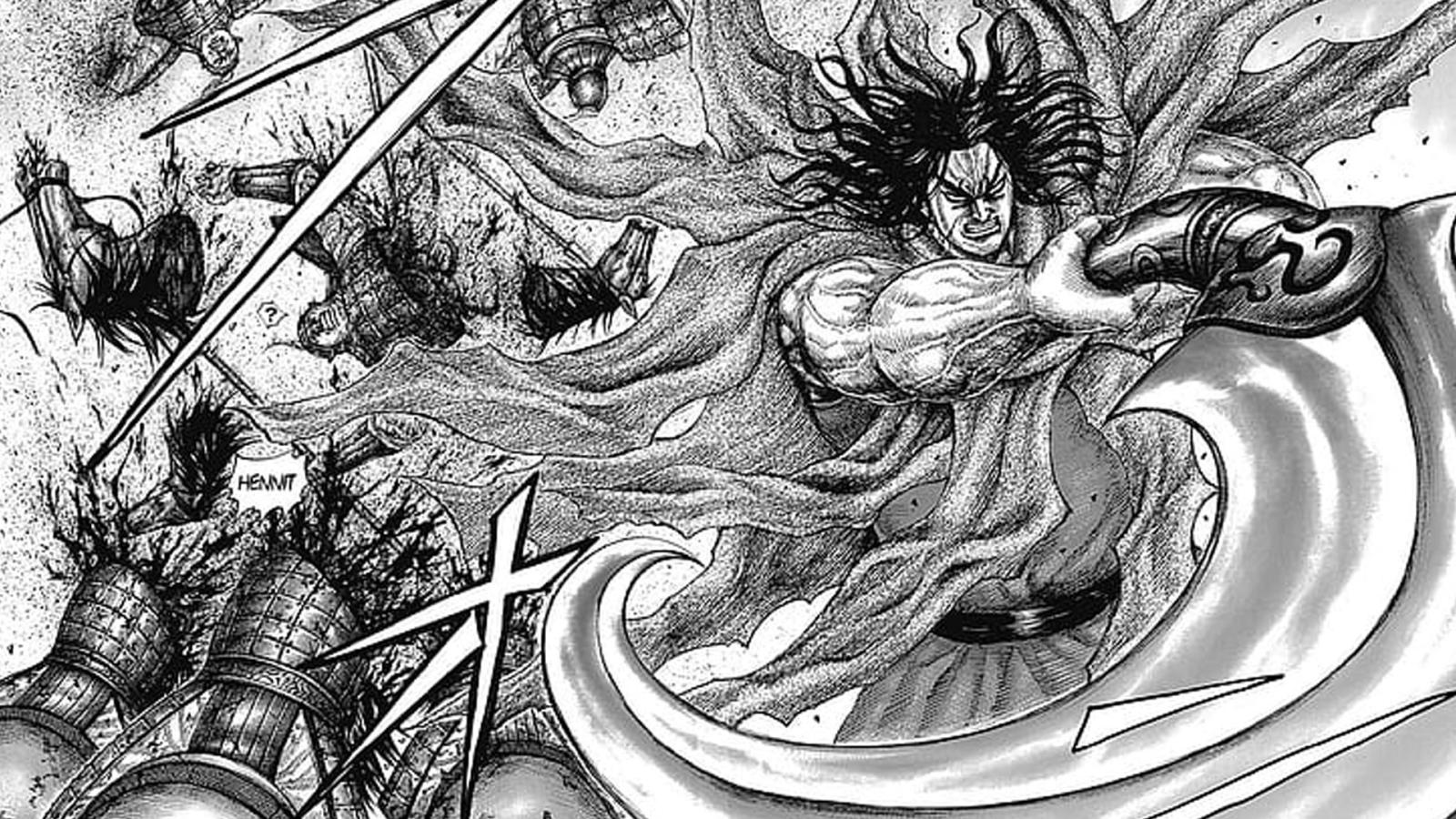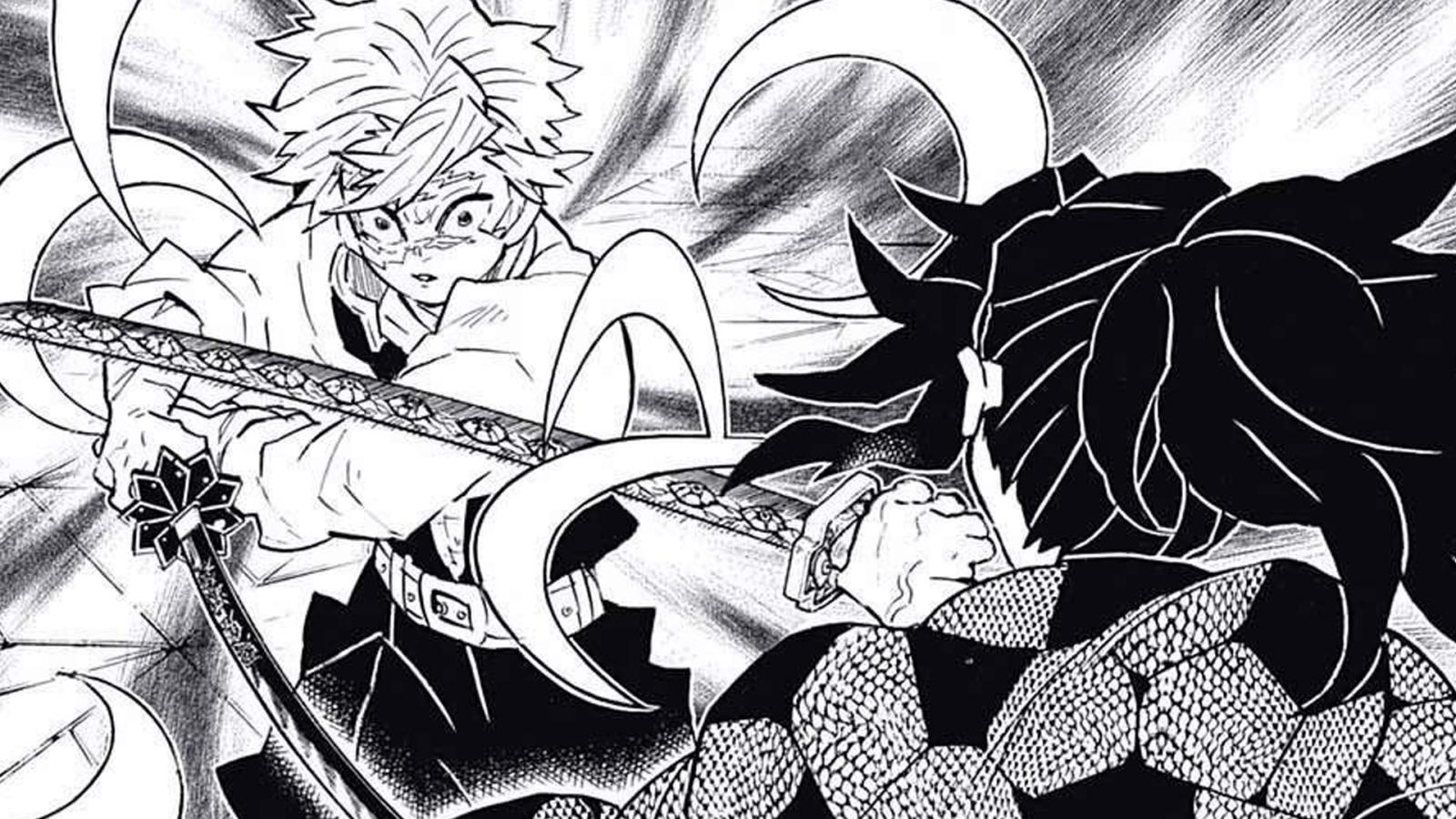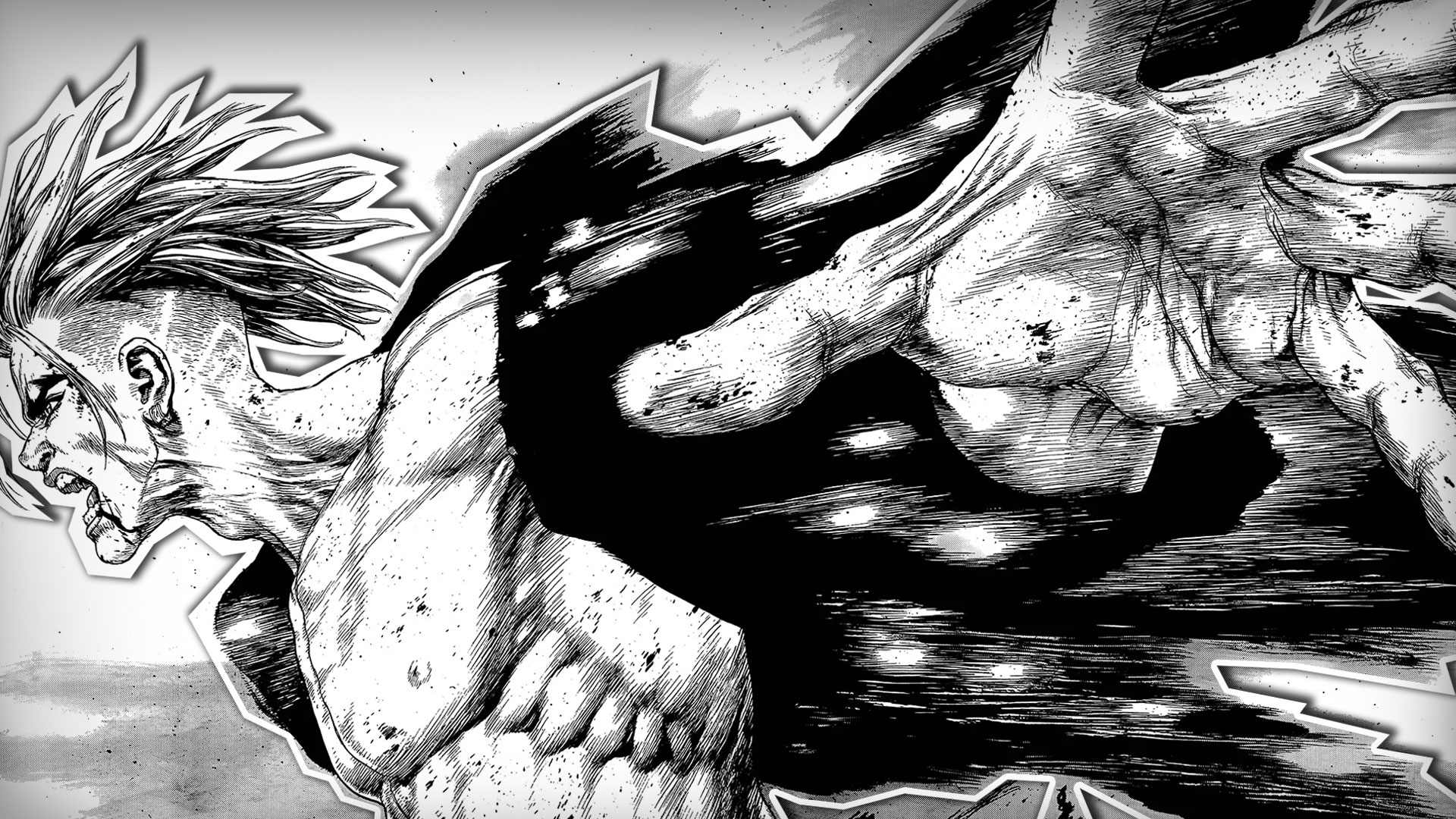It’s actually quite a consistent rule.
Summary:
- Many amazing looking manga have unimpressive art in the anime adaptations.
- The opposite is also often true.
- Simpler art is much easier to adapt into anime.
There’s always a sort of conflict between anime watchers and manga readers. The latter almost always think the manga is a better work, and that the adaptation is imperfect. In many cases, manga fans will be annoying others about how they think the adaptation is terrible if it’s not absolutely perfect.
The main problem is: almost no manga gets a perfect adaptation. In fact, a lot of iconic manga get notoriously terrible adaptations. It also often happens to manga with amazing art: the adaptation never lives up to the original.
Good Art Doesn’t Always Translate Well into Anime

There are many examples that support this observation. Kingdom is infamous for how poor the first season of the adaptation looked, and while it got much better, the anime is still not even close to the manga. Tokyo Ghoul is another example of this — only the first season looked decent.
The 1997 adaptation of Berserk has very good art, but there’s not much movement. The opposite example would be One Punch Man — the action in the anime looks amazing, yes, but most of the background art is far better in the manga.
Simpler Art Is Easier to Adapt
Interestingly enough, many manga with much less impressive art get amazing looking adaptations. The recently released Frieren: Beyond Journey’s End (Sousou no Frieren) comes to mind. Another example is Jujutsu Kaisen — the art in the early chapters is often confusing, though it gets much better later.

Perhaps the most extreme example of this is Demon Slayer (Kimetsu no Yaiba), the adaptation of which has been said to be “carried by animation.” The manga was already popular, though — not because of the art, but because of its simple but engaging plot.
Why Is This a Thing?
Some fans actually have a theory why that happens. Amazing and detailed art like that of Berserk or One Punch Man is very hard to properly adapt and redraw without tracing the manga panels. Meanwhile, simpler art allows for better adaptations because the animators won’t be constrained by it, being free to add more details.
Still, there are some well-animated series that had good art in the manga as well. The aforementioned One Punch Man comes to mind — while it lacks in amazing background art, it makes up for it in action.
Haikyuu!! looks consistently good in both formats too. Even something like Land of the Lustrous (Houseki no Kuni) is a good example which you shouldn’t dismiss just for being made in 3D CGI.

